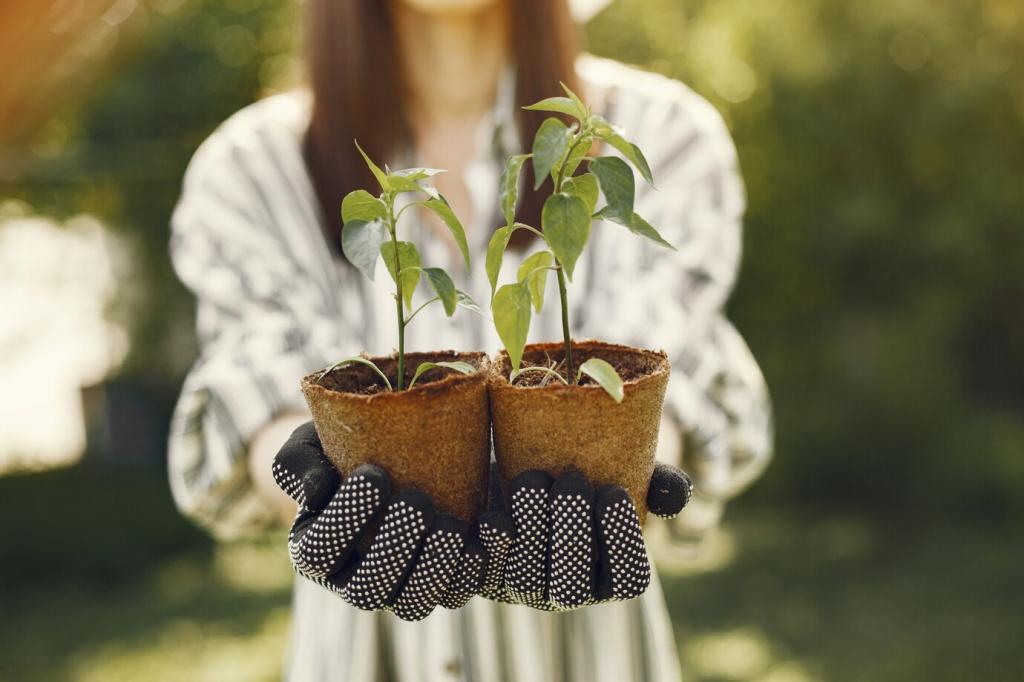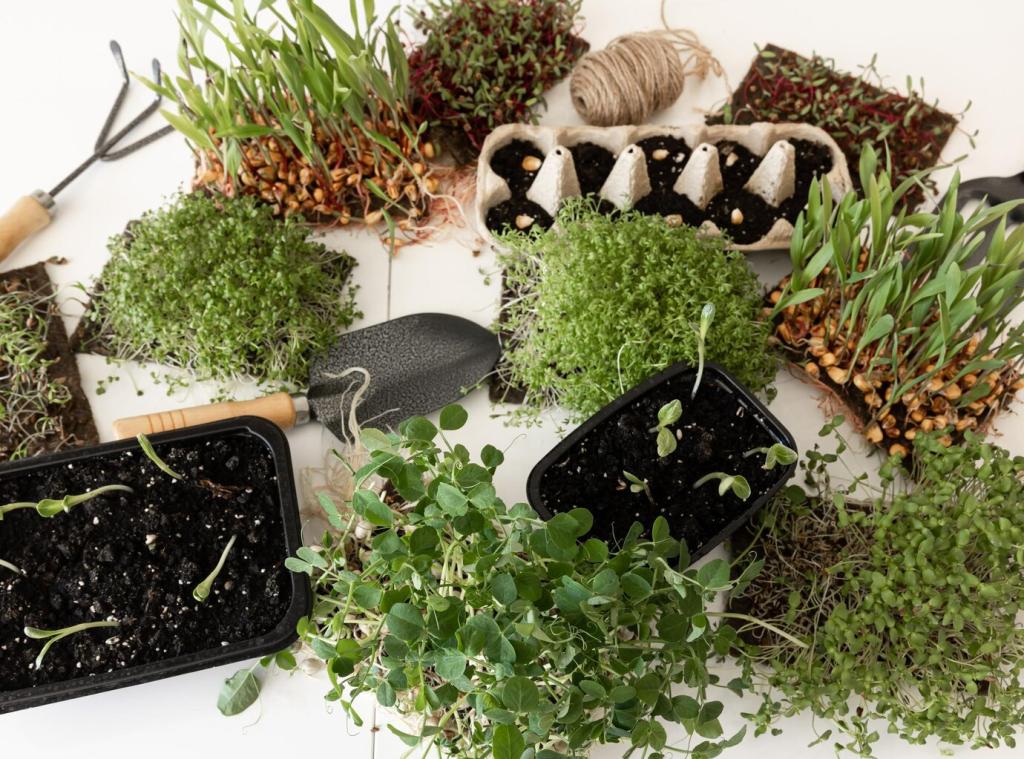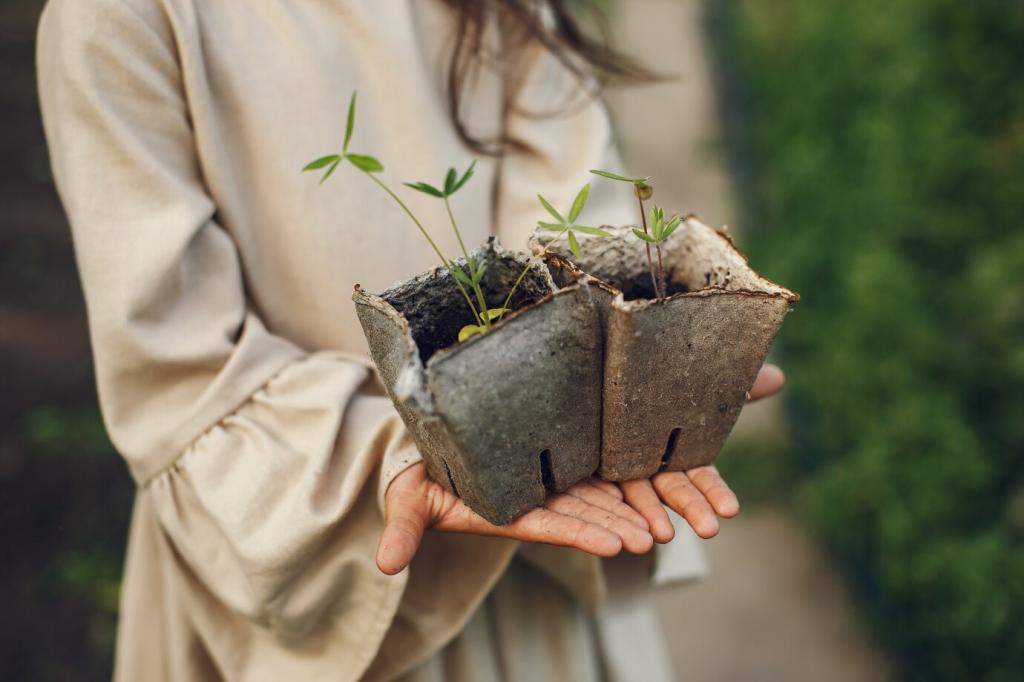Summer: Celebrate Abundance and Balance
Add evening-fragrant plants like evening primrose, jasmine, and nicotiana to feed moths and nighttime visitors. Use warm-toned, shielded lights to reduce glare and skyglow. Subtle lighting protects navigation, making your summer garden safer for seasonal wildlife movement.
Summer: Celebrate Abundance and Balance
Place birdbaths in partial shade, scrub weekly, and refresh water every day during heat waves. Add a small solar pump or dripper; moving water draws swallows, finches, and butterflies. Share your best summer water hacks with fellow wildlife gardeners below.
Summer: Celebrate Abundance and Balance
Tolerate a few chewed leaves; encourage lady beetles, lacewings, and birds to control pests naturally. Avoid broad-spectrum insecticides entirely—they harm helpful species. A hedgehog, toad, or garter snake sighting often signals a thriving, balanced seasonal wildlife ecosystem.








